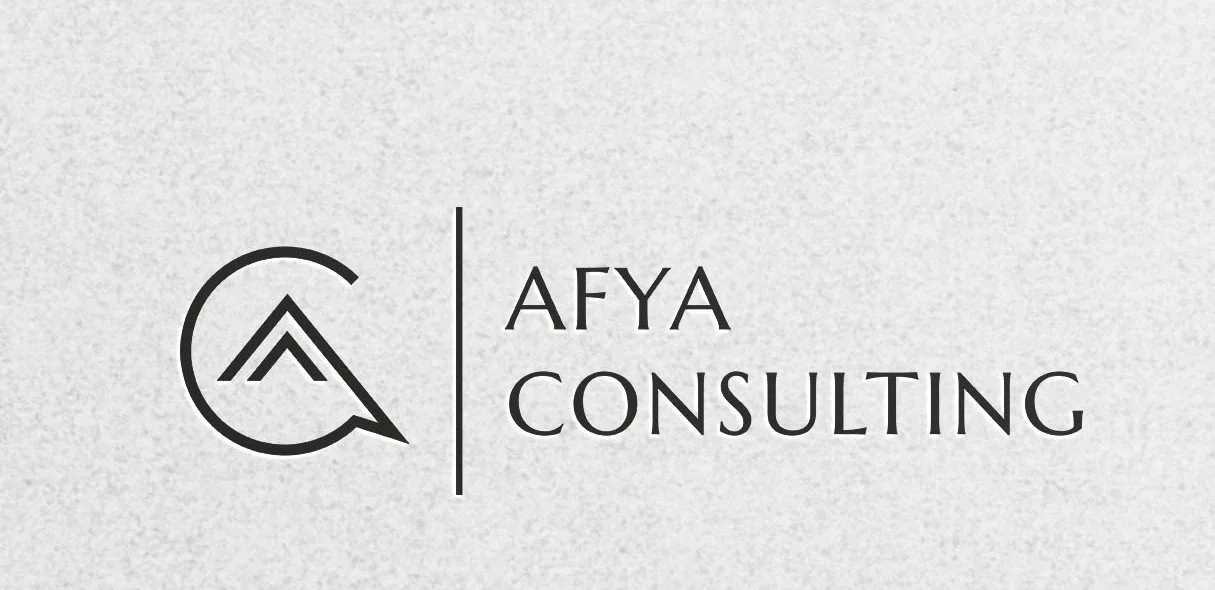Volunteer Engagement isn’t “free” - but it’s Essential.
So many of today’s non-profits are stretched thin. With limited budgets, rising demand for services, and constant pressure to diversify funding streams, staff often find themselves juggling too many priorities.
For many organizations, robust volunteer engagement programs are not a “nice-to-have” — they’re a key way to run the diverse fundraising and community programs needed to survive and thrive.
A common belief exists that volunteers are “free.” But anyone who has managed volunteers knows that effective engagement requires systems and processes for:
- Recruiting and screening,
- Orientation and training,
- Ongoing support and recognition,
- Clear roles and accountability.
Without these, volunteers can end up feeling sidelined or confused about how to contribute - and organizations miss out on the value volunteers could provide.
A few years ago, someone I know started a small weekly non-profit event. She was passionate about it, but she was also struggling with the realities of not only keeping it going but growing it.
I helped her a few times with day-of logistics, organization, and promotion. We were the only “staff.” She did most of the pre-work, and I could tell she was overwhelmed — and hesitant, because she wasn’t sure how to use me without creating more work for herself or wasting my time.
I suspect that hesitation is common for leaders and drivers in resource constrained situations: inviting people to support but worrying about the lack of clear role - and let's face it - without a clear role - it can take extra work to supervise.
I’ve been there too. I’ve had people offer to support the organizations I’ve led, and without a specific plan or structure to support outside volunteers, I’ve either turned them down or let them languish waiting for my response. It felt easier in the short term, but looking back, I realize it was a missed opportunity.
Then came the day I messaged her to confirm the next date and ask whether she needed any help ahead of time. I didn’t get a response. On the day of the event, I checked in again: did she still need me? Her reply: “You don’t have to come if you don’t want.”
The moral of the story? When a volunteer offers to help, you find a job for them. Even if it’s small. Even if it feels easier to do it yourself. Because every time you turn a volunteer away, you risk losing not just their time — but their commitment, energy, and connection to your mission.
Why does it Matter? Volunteers are catalysts. They bring skills, energy, and community trust that money alone can’t buy. They amplify staff capacity, open doors to networks, and often become some of the most committed advocates for the mission.
This isn’t only true for traditional non-profits. Community health centres and clinics can also benefit from engaging students or early-career professionals seeking work experience. With the right structure in place, these individuals can meaningfully contribute while gaining valuable exposure to the sector.
Developing and implementing a robust volunteer engagement isn’t easy — it requires intention, structure, and investment. But in today’s resource-constrained environment, it’s one of the smartest strategies an organization can pursue.
At the end of the day, if someone offers their time and talent to help your cause, the answer should always be: Yes — and here’s how you can make a difference.
If you would like help linking your resource development plan to your organization’s strategy, or with designing and implementing a volunteer engagement plan - reach out!
